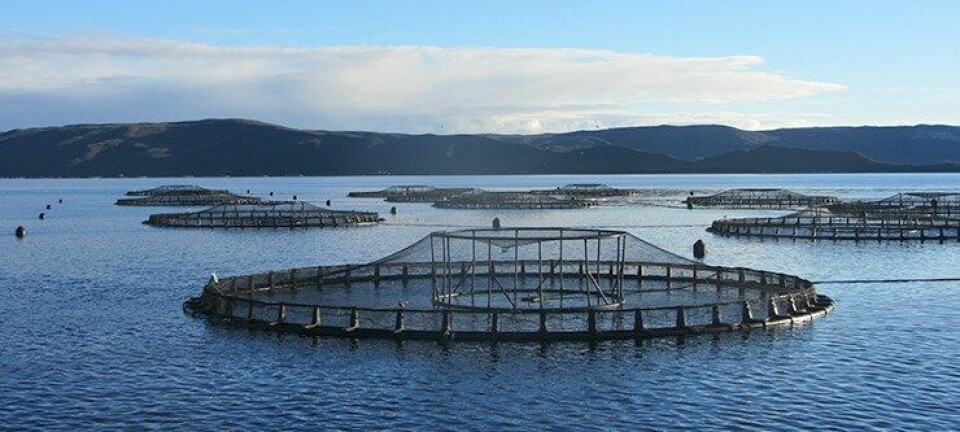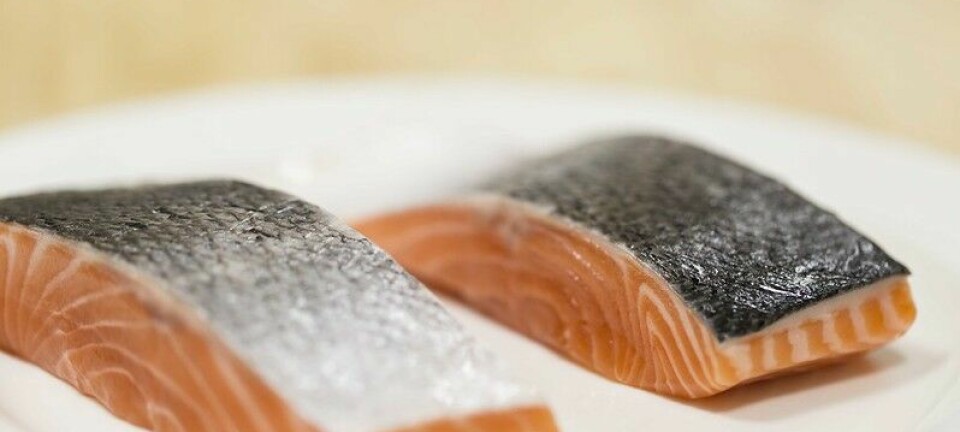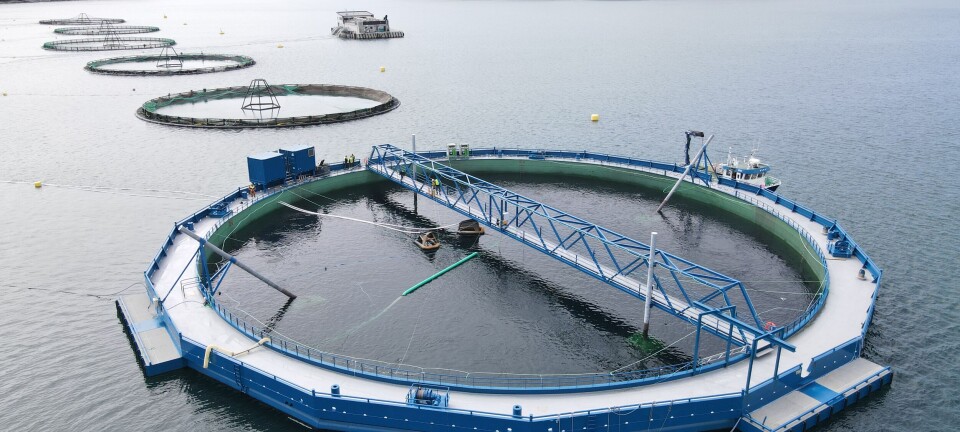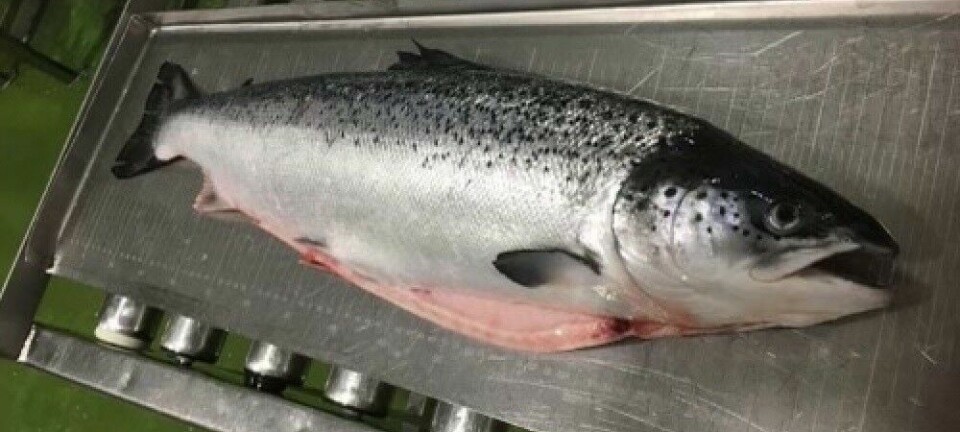Japanese fish farmers growing safe Fugu
Fugu is the name given to a species of Pufferfish that has had a special appeal among Japanese seafood customers for many years. The fish- also called porcupinefish- has an ability to concentrate tetrodotoxin in its liver. This toxin is a very potent neurotoxin that shuts down electrical signals in nerves, according to a recent article in The New York Times. The substance "may produce dizziness, exhaustion, headache, nausea or difficulty of breathing in individuals who consume it. For 50 to 80% of the victims of overindulgence, death follows within four to 24 hours".
The challenge for expert Fugi chefs is to leave just enough tetrodotoxin in the preparation of pufferfish so that the customer is left with a pleasant tingling or numbing sensation to the lips and tongue. "Not enough to kill, just enough to thrill", is the buzz word. Since 1958, only specially licenced chefs can prepare and sell Fugi to the public. A 2-3 year apprenticeship is generally required before being allowed to take an official test, including a practical test of preparing a Fugu dish and then eating it.
Japanese fish farmers are now mass-producing Fugu as harmless as goldfish, states the New York Times article. By controlling the feed that the fish receives, toxic build-up of tetrodotoxin can be avoided. This technology is now meeting strong resistance from both government and the traditional fishing industry. Governments are concerned about the consistency of toxic-free farmed Pufferfish, and fishers of the wild version are concerned about losing market share. Stay tuned.






















































